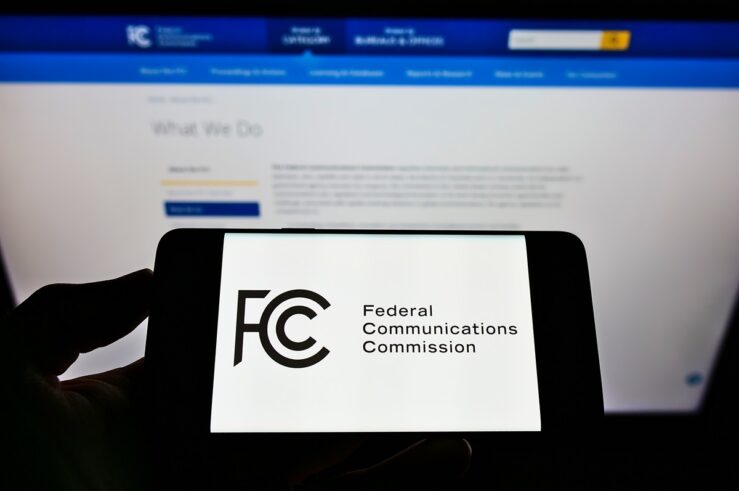Last week I noted that Facebook’s big private sale to Goldman was a symptom of how higher disclosure costs have helped make private firms reluctant to take the once-expected step of going public: “[I]t seems the increased costs of being public have helped exclude ordinary people from the ability to own the stars of the future.” Gordon Crovitz picked this up yesterday in his WSJ column.
Today comes some evidence that higher disclosure costs, and specifically SOX, in fact have something to do with this phenomenon — Bova, Minutti-Meza, Richardson and Vyas, The Sarbanes-Oxley Act and Exit Strategies of Private Firms. Here’s an excerpt from the abstract:
[W]e establish three principal findings. First, SOX appears to have shifted the incentive for firms to exit the private market via IPO to exit via acquisition by a public acquirer. Second, * * * [f]or our median-sized private target, the estimated dollar value decrease in deal proceeds when one moves from a high level to a low level of pre-acquisition SOX compliance is $1.3 million. Finally, public target deal multiples are not affected by a public target’s level of pre-acquisition SOX compliance. These findings suggest that SOX-related costs have both restricted the action space of possible exit strategies for private firms and led to lower deal multiples for those private acquisition targets that are less likely to be SOX compliant prior to acquisition.
The study’s basic intuition is that SOX makes it cost less for a public firm to acquire a private target than for a private target to do an IPO because the public firm can apply its existing SOX infrastructure to the newly acquired firm. This is consistent with the basic idea that SOX’s big problem for private firms is that its infrastructure costs are not perfectly scalable. The effects of variations in target firm SOX compliance support the inference that this is, indeed, a SOX effect and not attributable to some other cause.
This means that in order for an IPO to be preferable to being acquired, a firm has to meet a higher value threshold than it would without SOX. Thus, the authors conclude, “as a result fewer private firms should choose the IPO option as an exit strategy, post-SOX.”
Moreover, because increased SOX compliance costs are impounded into the price of the acquired firm, SOX compliance affects the price of private, but not public firms. (To be sure, SOX compliance also affects the value of the firms because they are more transparent and hence less risky.) This could make it harder for private firms to be acquired by public firms post-SOX, although the authors don’t directly measure that effect.
Thus, the authors conclude, “[t]he combined results suggest that the costs to SOX are not restricted solely to public firms, and that an indirect cost of SOX may be its impact on restricting the exit opportunities for owners of private firms.”
To return to the conclusion of my prior blog post, “rules designed to make the markets safe for ordinary investors have ended by excluding them.”




